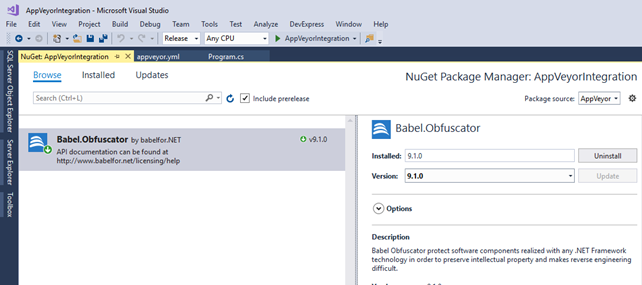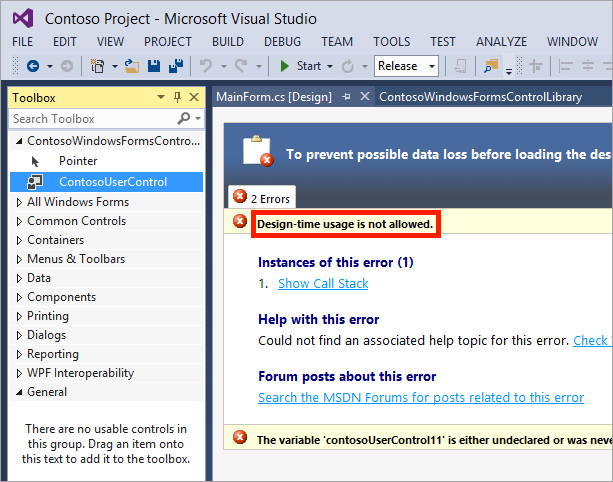
This page focuses on the capabilities of Dotfuscator Community with some references to advanced options available through upgrades.
Mar 28, 2019 Dotfuscator Professional is the industry standard.NET Obfuscator and is suitable for enterprise developers requiring ongoing support, maintenance, and product updates. Additionally, Dotfuscator Professional offers tighter integration with Visual Studio and is licensed for commercial use. For more information about the advanced application. Dotfuscator is a.NET Obfuscator, it helps protect your.net application. How to use Dotfuscator in Visual Studio. Obfuscation is a technique that provides the ability to seamlessly rename the symbols in assemblies as well as other tricks to foil decompilers. Through this post you will learn how to use dotfuscator in visual studio 2017, 2019. Visual Studio currently provides the option to debug code outside your project source code, such as.NET or third-party code your project calls by specifying the location of the.pdb (and optionally, the source files of the external code).

Dotfuscator Community is a post-build system for .NET applications.With it, Visual Studio users are able to obfuscate assemblies and inject active defense measures into the application - all without Dotfuscator needing to access the original source code.Dotfuscator protects your application in multiple ways, creating a layered protection strategy.
Dotfuscator Community supports a wide range of .NET assembly and application types, including Universal Windows Platform (UWP) and Xamarin.
Extension for Visual Studio -.NET Obfuscator is an in-app protection tool that protects your brand, improves compliance and hinders attacks against your.NET, Xamarin, UWP,.NET Core, and.NET 5 apps. Our obfuscator secures.NET apps for thousands of companies providing both passive and active protection. Obfuscation is a distinctive anti-reverse engineering approach to cipher the actual source code by making it harder to comprehend because, as we have seen in earlier reverse engineering papers, the.NET written assembly could be decompiled or disassembled to full source code very easily by employing various tools, such as Reflector, ILSPY and ILDASM.


Intellectual Property Protection
Your application's design, behavior, and implementation are forms of intellectual property (IP).However, applications created for .NET are essentially open books; it's easy to reverse engineer .NET assemblies, as they contain high-level metadata and intermediate code.
Dotfuscator Community includes basic .NET obfuscation in the form of renaming.Obfuscating your code with Dotfuscator reduces the risk of unauthorized access to source code through reverse engineering, as important naming information will no longer be public.Obfuscation also shows effort on your part to protect your code from examination - a valuable step in establishing that your IP is legally protected as trade secret.
Visual Studio 2015 Code Obfuscation
Many of the application integrity protection features of Dotfuscator Community further hinder reverse engineering.For instance, a bad actor may attempt to attach a debugger to a running instance of your application in order to understand the program logic.Dotfuscator can inject anti-debug behavior into your application to obstruct this.
Application Integrity Protection
In addition to protecting your source code, it's also important to ensure your application is used as designed.Attackers can attempt to hijack your application in order to circumvent licensing policies (that is, software piracy), to steal or manipulate sensitive data handled by the application, or to change the behavior of the application.
Dotfuscator Community can inject application validation code into your assemblies,including anti-tamper, anti-debug, and anti-rooted device measures.When an invalid application state is detected, the validation code can call upon application code to address the situation in an appropriate way.Or, if you prefer not to write code to handle invalid uses of the application, Dotfuscator can also inject response behaviors, without requiring any modification to your source code.

Many of these same methods may also be used to enforce end-of-life deadlines for evaluation or trial software.